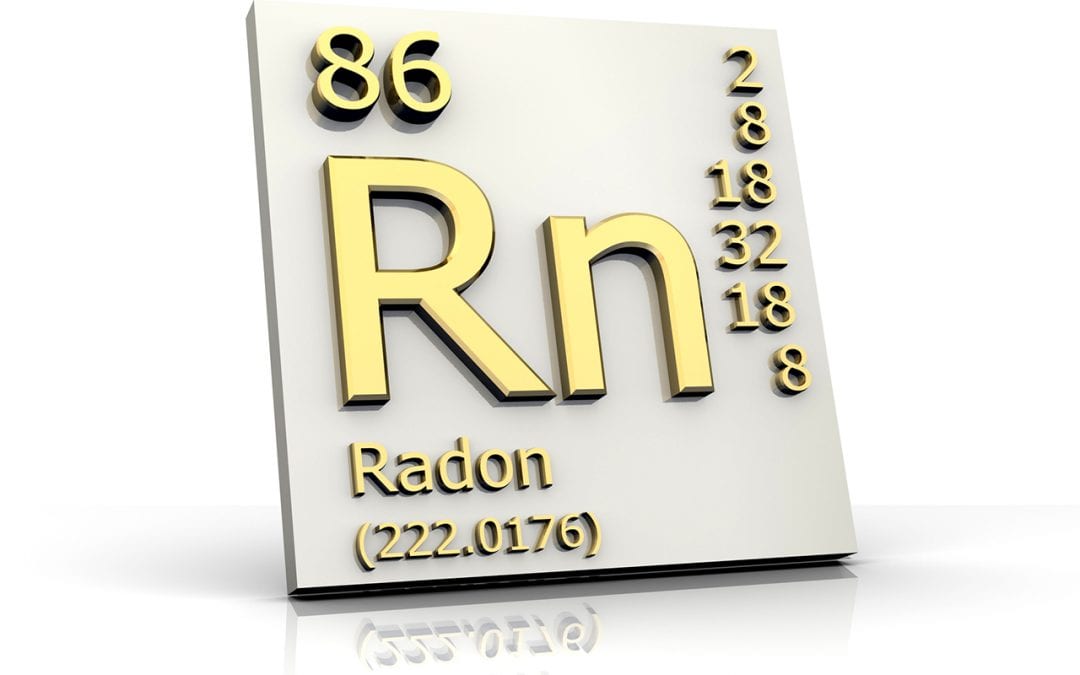
How to Reduce Radon Levels in the Home
Before purchasing a home, it is important to first have a home inspection and a radon test. If there are high levels of radon present in the house, there are a few ways to reduce radon levels and minimize the risk to your family’s health.
As a colorless, odorless gas, radon cannot be seen or smelled, but it still may be present in your home. The EPA reports that radon is the second-leading cause of lung cancer in the United States. Found in soil, radon seeps into the home through cracks, doors, windows, and other openings. When it becomes trapped in the house, people in the home unknowingly breathe in the substance and cause damage to the cells of the lungs.
How to Reduce Radon Levels in the Home
Radon is found everywhere. As many as one-third of all homes have a higher amount of radon in the air than the EPA’s recommended maximum safety level. Since you cannot see or smell this gas, testing is the only way to learn if radon mitigation should begin. The EPA recommends annual professional radon testing to reduce risks. There are many ways to reduce the radon levels in the home now and after testing. You should:
- Seal all entry points into the home, since this is where gas leaks into the home. It is also a source of energy loss. Check areas around the foundation, the plumbing system, the basement, and sump pumps. Always seal cracks.
- Ensure there is proper ventilation in your home. Without proper ventilation, there is more pollution in the home and it also draws in radon and other harmful gases.
- Install ventilation in crawl spaces and around the foundation to reduce radon levels.
- Use the ceiling fan to help circulate air around the house and to remove toxins from the air. The ceiling fan reduces the plate-out or the energy charge released from radon that damages the tissues of the lungs.
The Radon Inspection
Professional home inspectors use a variety of techniques to measure radon levels in a house. Passive devices do not require power to test for radon while the active devices do require power. The inspector will determine which inspection technique is best for your home. Both short-term and long-term inspections are available. If you’re buying a home, the short-term inspection, including two to three-days of tests, is likely to be the technique used. It is a good idea to use a long-term inspection later down the road and to have your home tested regularly for radon.
What is a Radon Mitigation System?
Professional radon mitigators can help homeowners develop a plan of action to minimize the radon levels in their home. The EPA recommends that homes have radon levels no greater than 4 pCi/L. If an inspection shows that levels are higher than this number, it is important to develop a mitigation plan at once. Although radon is not visible and has no smell, it can be deadly. Put a plan in place if high radon levels threaten your home and health.
American Home Inspection Services provides radon inspections to Southeast Michigan, along with other home inspection services. Contact us if you need your home tested for radon.
